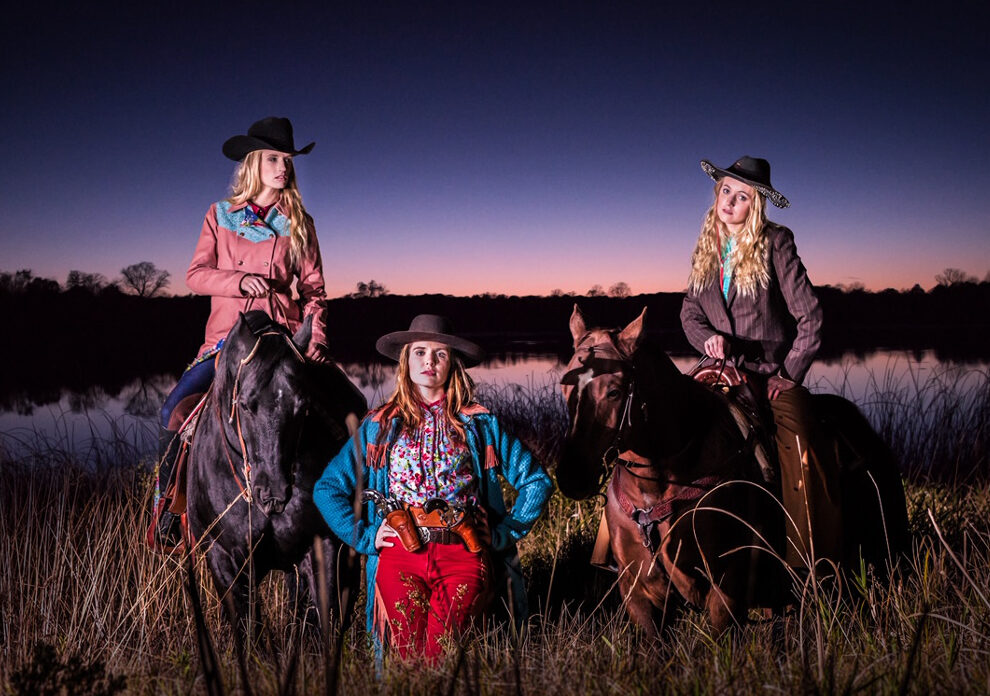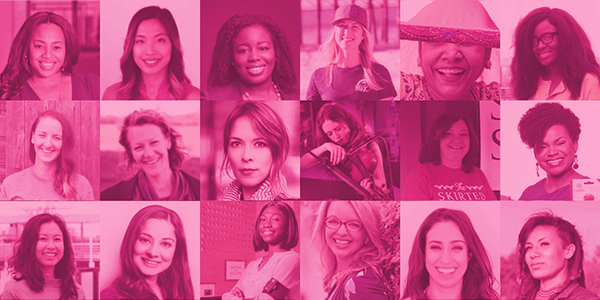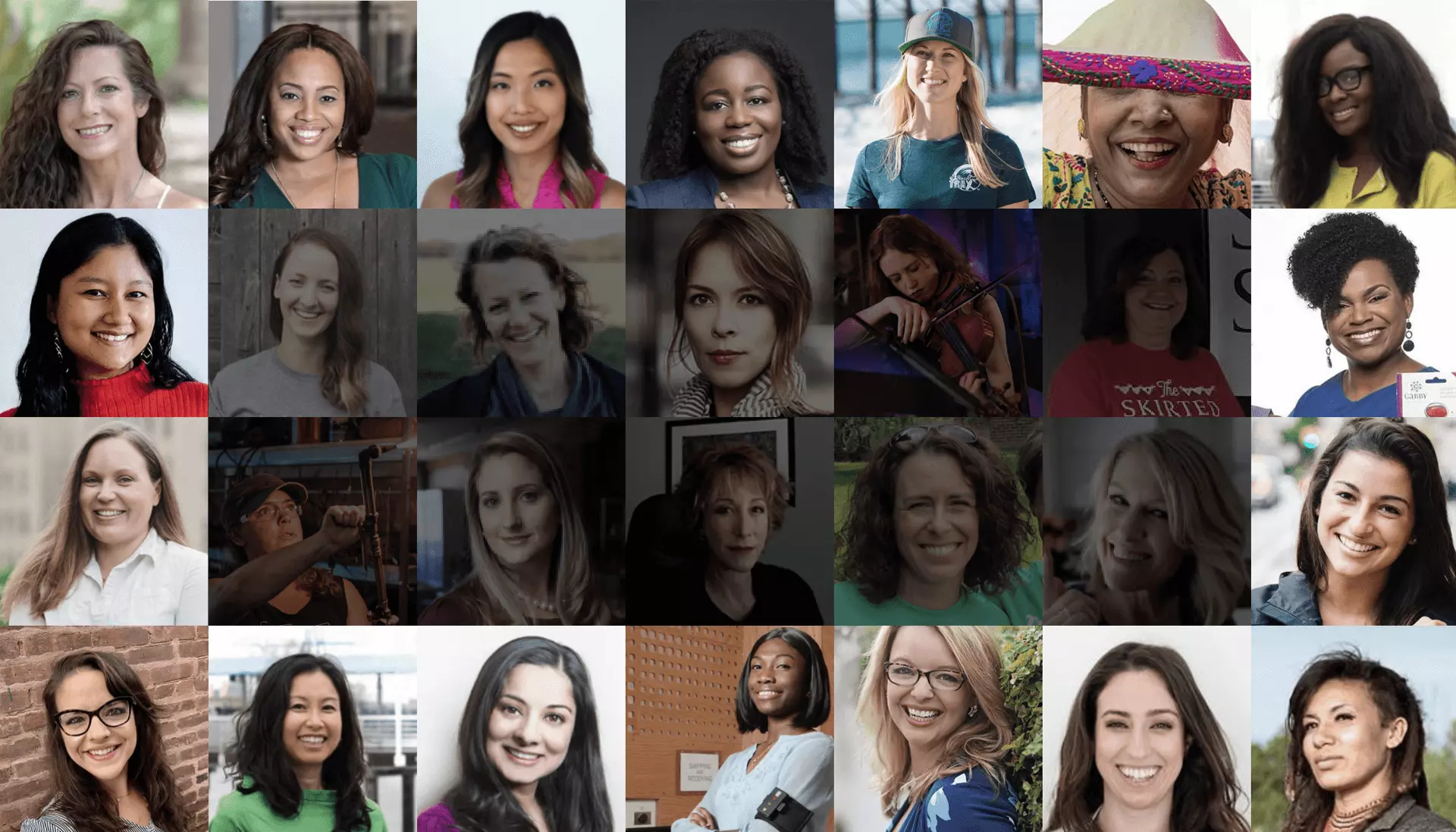Amber Grant Application Critique: RAW Designs
August 19th 2020
Rachel Waddell’s Amber Grant application for RAW Designs made clear right up top what the business was all about, but then pivoted, along with the business’s products, into a new product and market during the pandemic. Trying to grow two businesses at a time is even harder than focusing on one, which is one reason RAW didn’t make it into the list of finalists. However, Rachel did a great job of articulating her product and market, which we wanted to highlight.
To help Rachel improve her odds of winning a future grant, the WomensNet advisory board went back through her information to try and show her the strengths and weaknesses of the information she provided.
Here is the application:
Tell us about your business or business idea…
RAW Designs was created in 2013 with a focus on custom made western apparel. Rachel cleaned out an old granary barn at her parents farm and created a sewing workshop. Since then, the business has expanded to make a line of jeans, western shirts, and heavy duty horse back riding equipment including saddle pads and saddle bags.
Our mission is to inspire confidence and grit, and motivate personal development in the equestrian field. Eventually, we would like to see RAW Designs expand to provide a line of Men’s, Women’s, and Children’s western apparel and horse-related items sold in western stores around the US.
In late March 2020, Rachel saw the rising need for homemade masks for healthcare workers locally and across the USA. She started a Facebook group called Minnesota Covid Mask Sewists. The intention was to connect people making masks with those requesting them. She led and advised home sewists on the best patterns and practices for creating the masks. The group has grown to almost 2000 people, a website was created for efficiency, and thousands of masks have been donated to healthcare, elderly facilities, group homes, and individuals. With the change in CDC recommendations, mask demand has risen exponentially. Some essential workers have been required to wear them for work, and large businesses are searching for manufacturers that can meet their demands. Many individuals are also looking to purchase washable masks.
RAW Designs has turned their workshop over completely to mask manufacturing. With high standards, Rachel can only make 250 masks per week alone and is getting burnt out on her fourth week in production. RAW Designs is taking on 2 independent employees this week. They will maintain social distancing in the workshop and sew masks from home. We are hoping to produce at least 500 masks/wk and have put in bids for contract with City of Mpls (500-2500 masks), and Buffalo High School (seniors 500 masks).
Tell us what you would do with the money if awarded a grant…
If RAW Designs is awarded $4000, we will be able to keep 2 employees working part time for approximately 5 weeks at $400/wk for each employee. Not only will we be able to provide thousands of masks to the public, but we are providing jobs. One of our employees works as a substitute teacher and lunch aid in a school that is now closed, and the other employee is a furloughed nurse.
With this boost in business, RAW Designs will also have a steady revenue and can successfully continue production of western wear and horse-related items when mask production decreases.
Our critique
Rachel clearly knows the equestrian market and is capable of producing quality custom clothing and riding gear.
Demonstrating that she’s already producing products, has a functioning workspace, sewers, and the needed equipment is a big accomplishment. And zeroing in on the western side of equestrian gear – versus other types, such as dressage or hunter/jumper, for example – is also smart. It’s easier to identify potential clients when you’re clear about who you’re serving.
Opportunities for improvement
Although there is plenty of useful information in the application, there were two main issues that stood in the way of winning this past month: 1) There was little detail regarding the market for Western wear and demand for the custom products and 2) Although grabbing a piece of the mask market while it is hot is a smart way to generate some quick cash, it also diverts attention away from the core products. The question is, how long will demand for masks remain high and at what point will Rachel shift her focus back to her core product?
First, when applying for grant funds, it’s critical that all applicants prove that there is demand for the products or services being offered. That is, have you identified customers who are willing to pay you money for what you’re selling? And is what they’re willing to pay enough for you to make a profit? Price yourself too low and you’ll be out of business quickly and price yourself too high and you may not have enough customers to keep your business operating.
There is no information in this application about the size of the market, who the target audience is (men? women? children?), what Western apparel typically sells for and how custom clothing compares, who competitors are, and how the products will be marketed and sold (online? at horse shows? through retailers?). These are important facts and figures that you should research and present as proof that the grant will help you meet demand for your products or services, whatever they are.
Information about where raw materials are coming from and what kind of labor will be used to sew everything would also be useful in this instance, mainly to show that the entrepreneur knows they need to be addressed.
Second, although many U.S. manufacturers did stop producing their core products and switched to make essential items like masks and hand sanitizer at the start of the pandemic, in this case, it doesn’t sound like that’s the plan for RAW Designs long-term. Eventually, the business would convert back to sewing custom Western wear, though it’s not clear when. It seems like the plan is fluid in that it provides for filling the short-term demand for masks. Although we understand the rationale, we would have like to have seen a singular focus on the long-term product.
If the business were able to continue sewing Western jeans and shirts in addition to masks, this diversion to pursuing mask-making contracts might be less of an issue. The masks would become a supplementary source of revenue that would support the business and its sewers, which would be terrific. But since it’s unclear what the long-term plan is, it’s hard to justify a grant.
Rachel is clearly a skilled apparel designer and it’s very likely she is well-connected in her industry. Those are big advantages and, in some cases, they can mean the difference between success and failure. However, developing a long-term growth plan and offering details regarding finances and marketing would go a long way in this particular application.



















